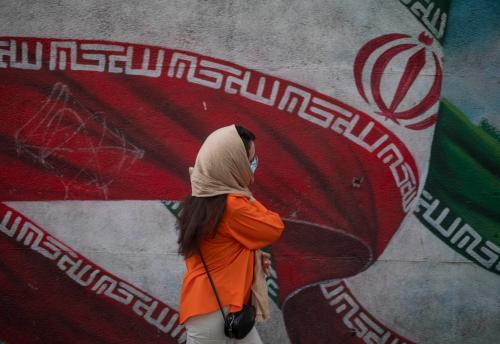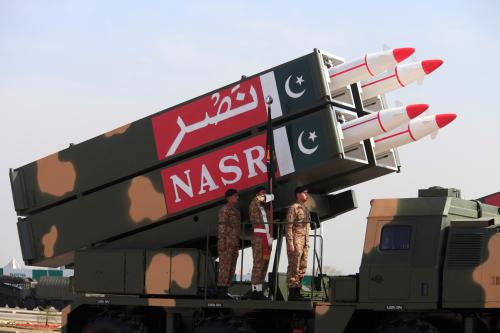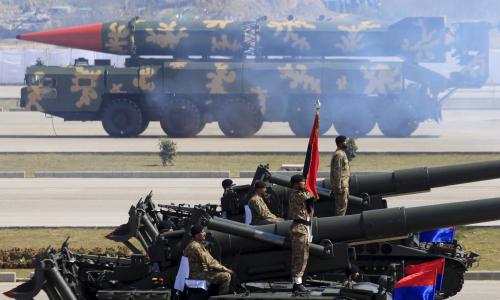Situated at the intersection of many American and European concerns, Pakistan has been linked to terrorism, nuclear proliferation, and Islamic extremism; it is politically unstable and economically problematic, and has recently undergone a series of crises, some with nuclear overtones, with India. Pakistan is also located at a geostrategic crossroad, bound to India by geography, culture, and chronic enmity; a self-proclaimed Islamic state with many ties to the Muslim and Arab worlds; long-standing ambitions in Afghanistan and West and Central Asia, and enduring military and strategic ties to China and North Korea.
The Bush administration announced a comprehensive “South Asia” policy on March 25, 2005—the first-ever such policy promulgated for the region in recent decades. Briefly, it announced that an unspecified number of F-16 aircraft would be sold to Pakistan; simultaneously, it announced that it had cleared the path for expanded military, advanced technology, and even civilian nuclear and space cooperation with India, permitting American firms to join with Indian partners in the manufacture of advanced military equipment. Subsequently, a trio of administration officials spoke on the record—although without identification—further elaborating the policy.1
However, both the original March statement and subsequent elaborations are incomplete. The administration managed to overcome opposition to this new policy from within its own ranks, but there is possible concerns in Congress, and is still much to be done before Washington can be said to have assembled a coherent policy towards Pakistan.
In this context, there are certain questions that need to be answered. What are American interests in Pakistan? What are the potential linkages to European interests and policies? Where does the newly announced U.S. policy run the greatest risks? Before turning to those questions, there are four major problems that have to be addressed: Pakistan’s linkage to terrorism, its nuclear weapons program and proliferation activities, its domestic disorder, and its relations with key neighbors, notably Afghanistan and India.



